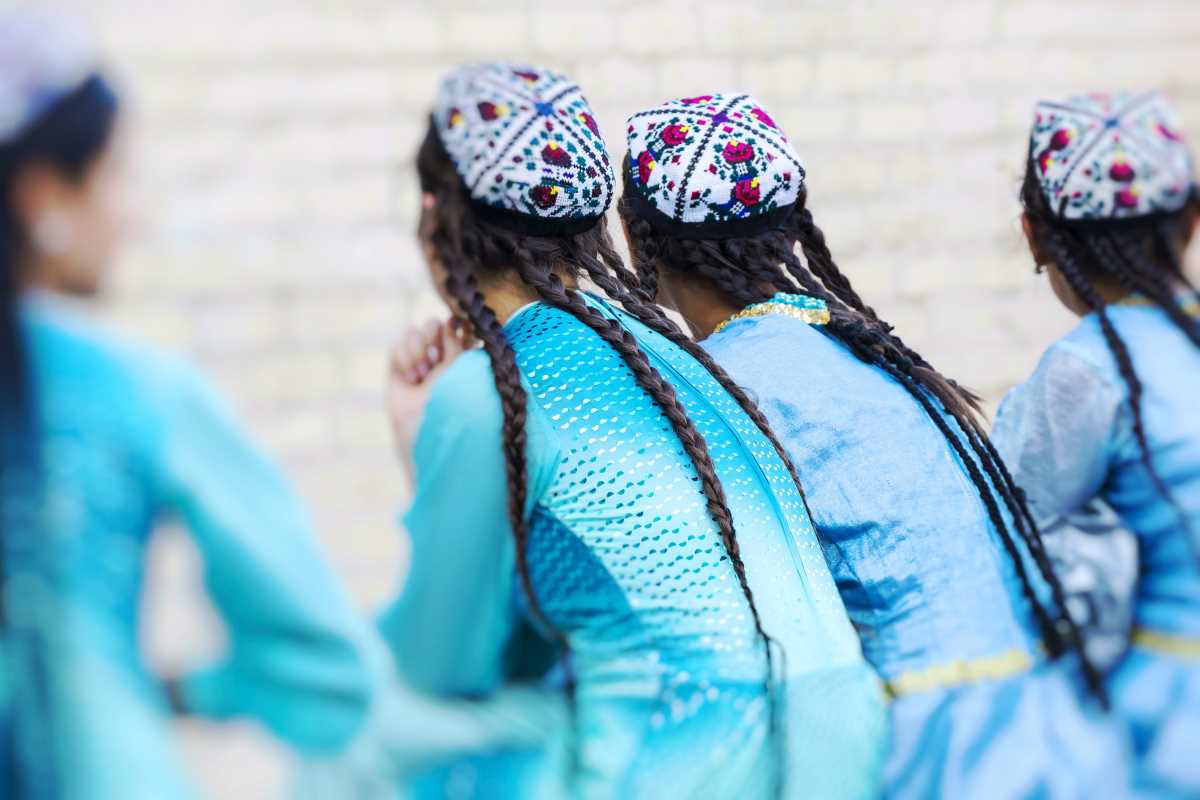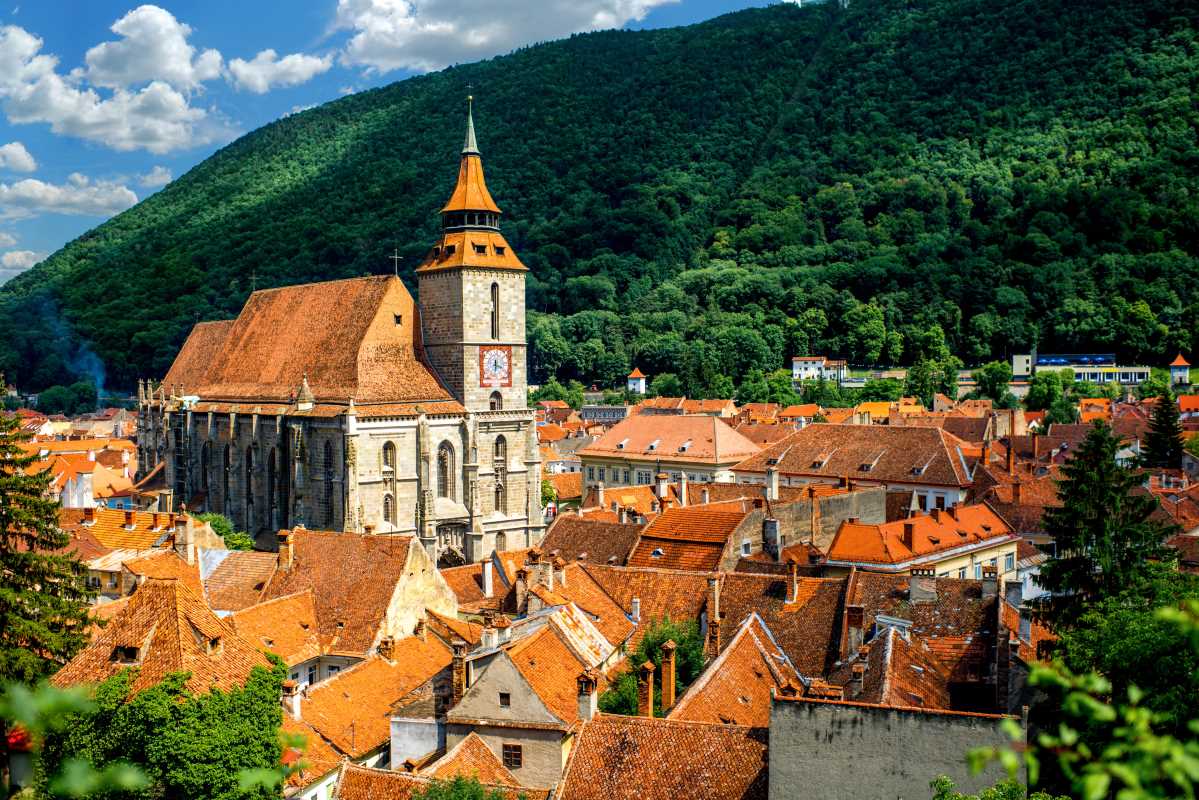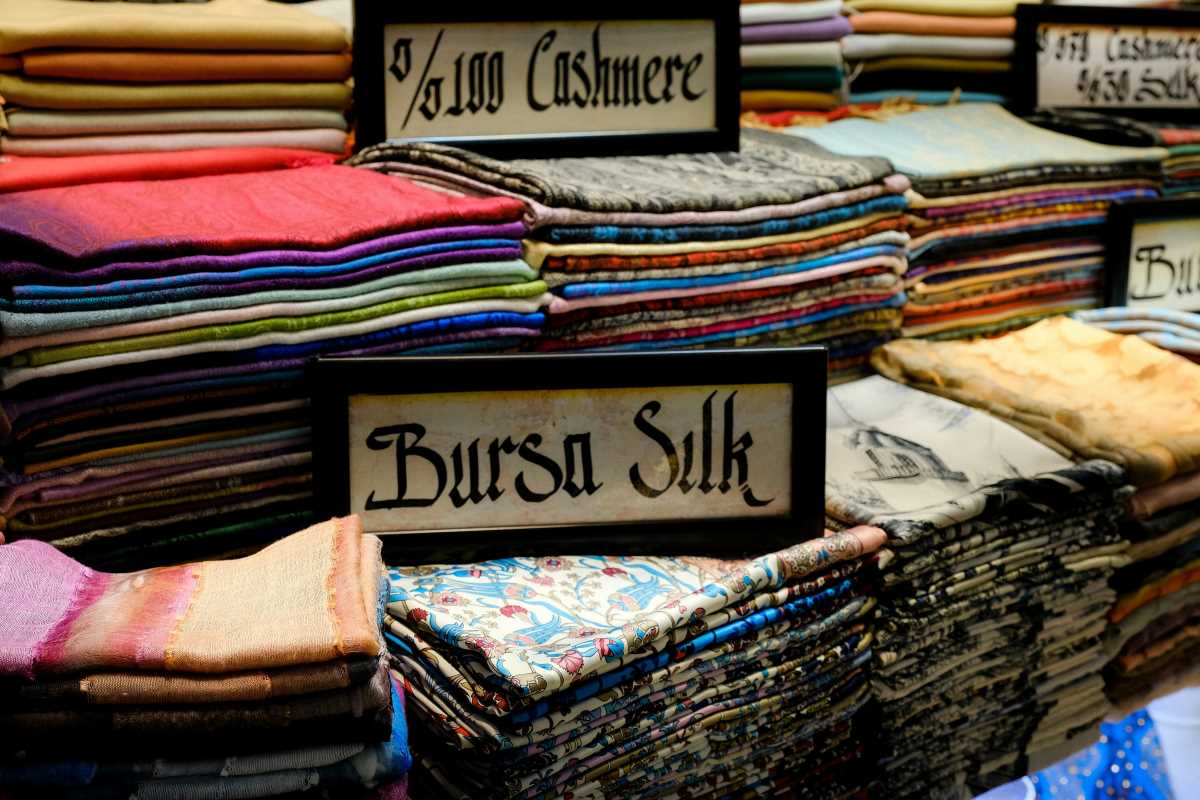Vibrant fabrics have long carried the stories of their makers, reflecting cultural heritage and the landscapes that supplied the plants for natural dyes. Across generations, Indigenous artisans have preserved and revived ancient dyeing techniques, breathing new life into traditional textiles. They use time-honored knowledge passed down within their communities, blending it with resources from their surroundings to create environmentally friendly dyes. These skilled makers celebrate their roots while experimenting with fresh patterns and colors, producing textiles that capture both history and innovation. Through each piece, they honor their ancestors and bring renewed attention to the beauty of sustainable artistry.
Many communities experienced disruptions to their dyeing customs over time, yet pockets of skill persisted through elders, family lines, and small workshops. As interest in natural color grows, these artisans step forward, sharing techniques that link generations. Their work highlights how color connects to culture, ecosystems, and personal identity.
Historical Origins of Ancient Dyeing
Long before synthetic pigments existed, people used plants, minerals, and insects to tint fibers. In coastal regions, shellfish and crustaceans yielded deep pinks and purples. In forested valleys, bark, roots, and leaves produced a spectrum of earth tones. Artisans passed down step-by-step recipes for collecting, preparing, and fixing these natural dyes.
Those early dyeing methods represented more than a pursuit of beauty. They symbolized relationships between humans and the natural world. Communities held rituals to honor plants, seasons, and elements that made color possible. Knowledge of when to harvest and how to treat materials conveyed respect for the life cycle of resources.
Profiles of Indigenous Artisans
In the Pacific Northwest, artist Naomi Rivers revives shellfish purple dye using traditional cedar tools and carefully managed intertidal foraging. She teaches weekend workshops, guiding students through cooking mollusks to extract vivid violet hues that deepen at cooler temperatures.
Out on the American Southwest’s high desert, dyer Miguel Yazzie cultivates ocotea bark on his family’s small plot. He records seasonal variations in bark tannins, adjusting soak times to achieve consistent rusts and crimsons. Miguel collaborates with weavers to create blankets reflecting both ancestral weaving patterns and his own color experiments.
Seven Revived Dyeing Techniques
- Bark Tannin Mordanting: Artisans soak cotton, wool, or silk in a bath of tannin-rich bark before dyeing with plant extracts. This pre-treatment yields brighter, longer-lasting colors. Families in the Amazon Basin cultivate tannin trees specifically for mordanting.
- Shellfish Purple Extraction: Skilled foragers collect specific mollusks at low tide, crushing their hypobranchial glands to release a precursor. After sun exposure, colors shift from pale lavender to deep violet. Dyed wool shows shifting hues under different lighting.
- Clay Resist Dyeing: Artists apply local white clay in patterns on fibers, preventing dye uptake in marked areas. Once dyed in an indigo vat, removing the clay reveals crisp geometric shapes. Coastal tribes adapt this method for ceremonial shawls.
- Solar Dye Gardens: Craftspersons plant dye source gardens on community land. They harvest seasonally blooming madder root, weld flowers, or indigo plants on schedule. Sunlight-driven steeping vessels outdoors save fuel and emphasize sustainability.
- Smoke Fixation: Before dyeing, fibers get charred briefly over smoldering wood chips. This step darkens initial color and adds subtle smoky undertones once the material hits a plant bath. Smoky mists also help set certain pigments.
- Layered Dye Immersion: By dipping fibers sequentially in light then dark dye baths, artisans create gradients. A piece might start in pale golden bark dye, followed by a quick dip in indigo for teal accents at the edges. Each layer soaks for a precise time.
- Mudcloth Clay Bath: Woven cotton baskets dip into refined mud rich in iron oxides. The clay acts as a resist and grounding agent before a series of leafy plant baths. Final patterns appear when the mud washes off, leaving organic motifs against a colored backdrop.
Cultural Significance and Community Impact
For many communities, bringing these dyeing arts back connects younger generations with elders. Dye workshops become intergenerational spaces where grandparents share stories tied to specific plants. Participants leave with more than a dyed textile—they carry personal connections to land and lore.
Local markets in small towns now sell hand-dyed scarves and wall hangings labeled with plant names in native languages. These offerings provide supplementary income for families who otherwise have limited economic options. The sale of natural-dyed goods also raises awareness about habitat preservation.
Challenges and Innovations
- Overharvesting or land development reduces dye plant habitats, prompting communities to grow plants on private plots.
- Natural dyes vary by season and soil chemistry; artisans document harvest conditions and create small-batch dye logs to reproduce shades reliably.
- Mass-produced pigments lower prices; makers market the unique, small-batch appeal of their hand-crafted hues to niche buyers.
- Traditional tools like wooden vats or cedar paddles require significant time and money; community tool libraries help share resources for beginners.
- Some groups use solar concentrators to heat dye baths, reducing fuel use. Others digitize recipes, preserving step-by-step instructions in online archives with photographs.
Communities incorporate ancestral skills into modern life, with artisans exploring natural colors. They continue a centuries-old tradition that evolves with each new chapter.
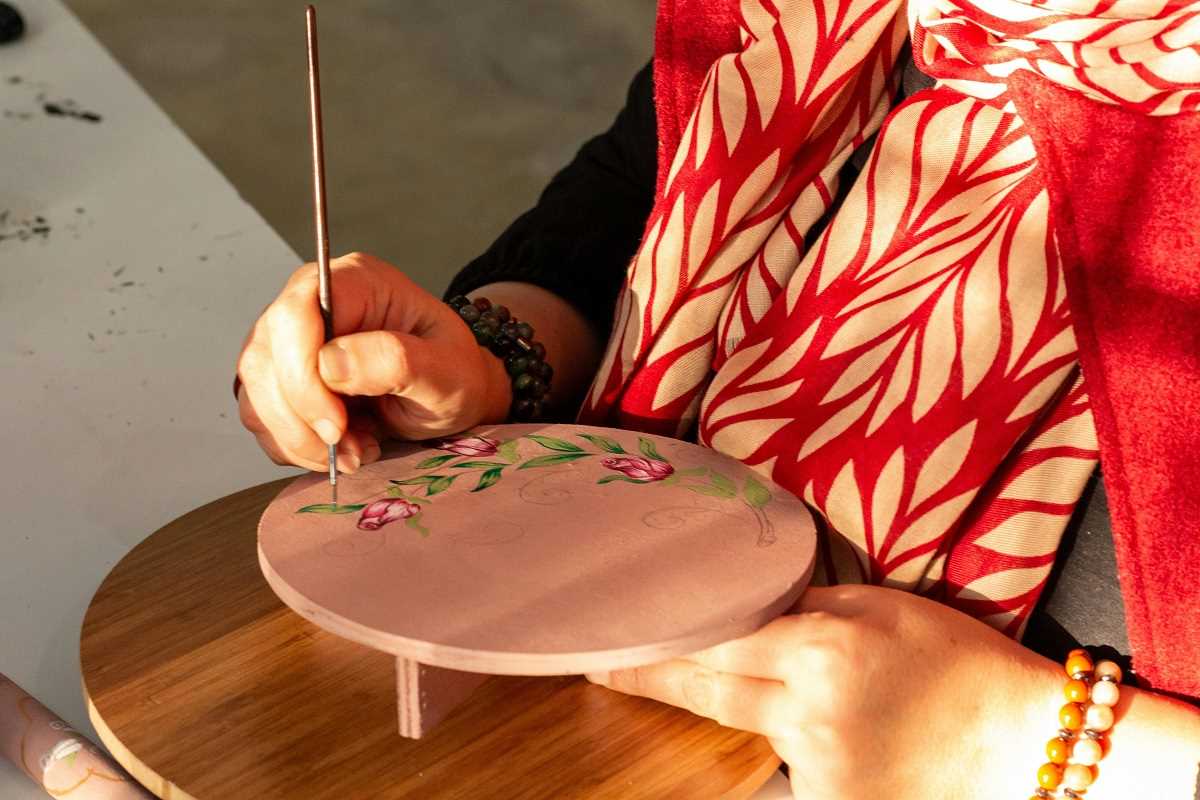 (Image via
(Image via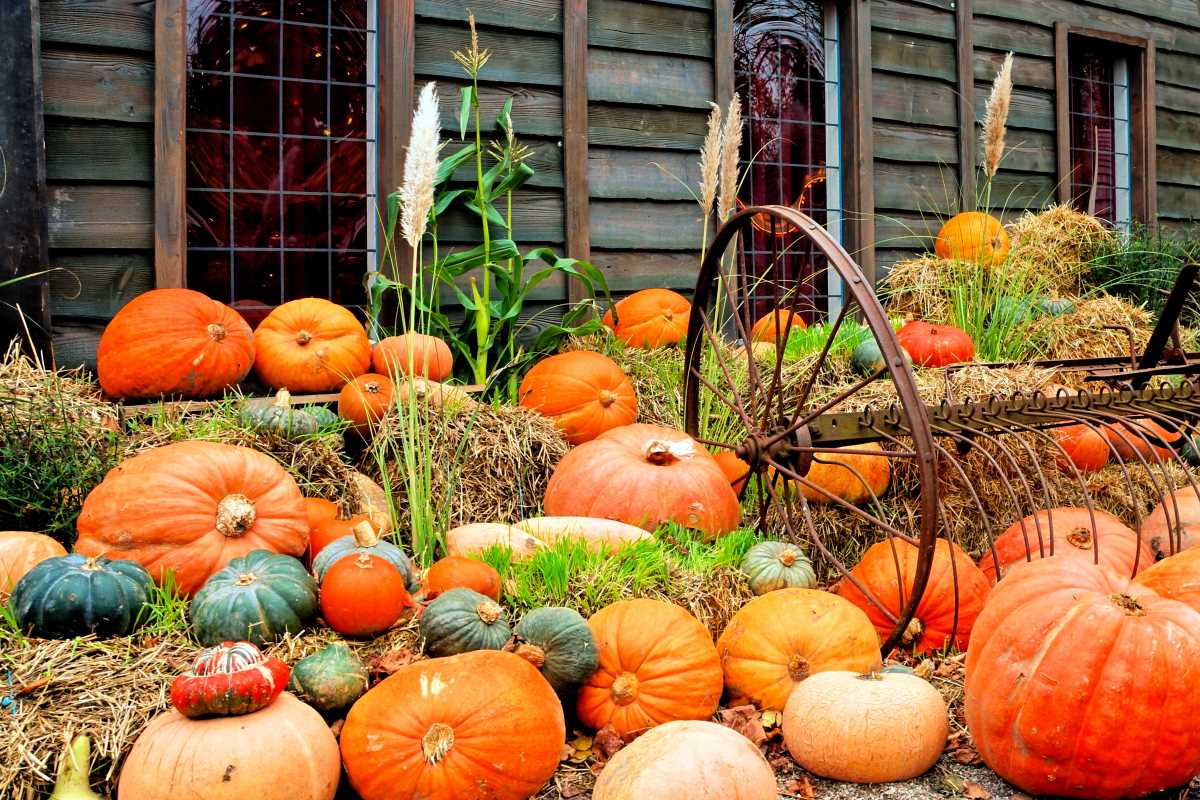

.jpg)
